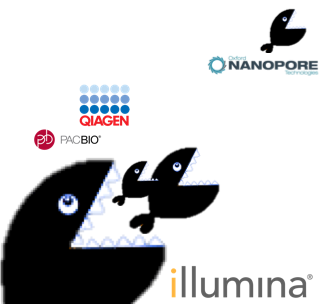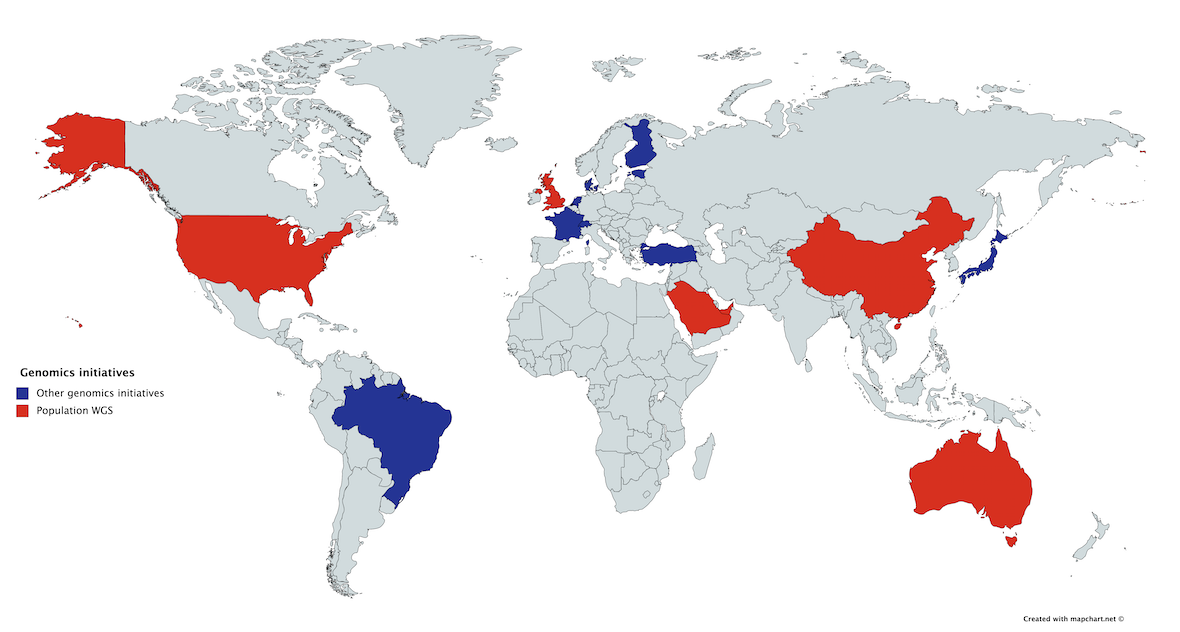A fantastic paper just out in Cancer Cell: In Silico Prescription of Anticancer Drugs to Cohorts of 28 Tumor Types Reveals Targeting Opportunities from Nuria Lopez-Bigas’s BioMedical Genomics lab in Barcelona.
They have developed an in silico prescription strategy by identifying the driver events in TCGA data, collating data on therapeutic drugs that target driver genes, and connecting patients with driver mutations to potential therapies (see figure 1 from their paper below).
- 40% (1635) of patients benefit from in silico prescription and repurposing of FDA-approved drug
- 33.1% (1346) of additional patients benefit from in silico prescription and repurposing of drugs currently in clinical trials
- 39% of patients could benefit from novel combination therapies
 |
| Figure 1 from Rubio-Perez et al (Cancer Cell 2015) |
To identifying the driving events they took data from 28 cancers studied as part of TCGA and analysed all somatic SNVs, InDels, CNVs, fusions and RNA-seq differential gene expression. They found well over 400 genes that drive tumorigenesis via mutations, CNAs or gene fusions (data available at IntOGen http://www.intogen.org; Gonzalez-Perez et al., 2013a). Many of these driver events are in loss-of-function mutations that could be druggable, are present in many samples, and are not in well-established cancer genes. 25 driver events occur in at least 5% of tumours of at least one cancer type.
Understanding cancer biology is vital: Whilst exciting the results presented need to be taken with a pinch of salt, and one worries about the headlines journalists might be using in non-scientific media!
ICGC/TCGA and other NGS-based cancer projects have discovered new insights into cancer biology. However the results need very careful evaluation (and clinical trials) before their impact can be stated, and, at least in the case of Vemurafenib, targeted therapy can fail when applied to a different cancer. Vemurafenib increases survival in up to 80% of melanoma patients with the BRAF V600E mutation (although many patients develop resistance). But when prescribed to BRAF V600E positive colorectal cancer patients only 5% responded (see Prahallad et al in Nature 2012). This was reported as being due to activation of EGFR, by inhibition of BRAF V600E, driving continued cell proliferation. EGFR is expressed at low-levels in melanoma so the feedback activation is not significant. examples like this, and we can expect more to be reported, demonstrate the need to understand cancer biology with respect to targeted therapeutics.
The future for this kind of analysis looks bright: ICGC/TCGA data sets are getting larger and richer, analysis algorithms continue to improve, data on basket trials is starting to be reported, companies like Foundation Medicine are developing tests to report this kind of result. Hopefully this kind of analysis will be routine in just a few years time.








I have been pulling my hair out trying to find a generic abilify supplier.
I have been pulling my hair out trying to find a generic abilify supplier.
Awsome Bog…. Thanks for sharing such a useful information with us..
Maybe you also can refer some useful information on Hepcinat Tablet
This comment has been removed by a blog administrator.
Generic Sutent (Sunitinib) is used in advanced renal cell cancer treatment.
Thank's for this helpful information come back again for more interesting information…Keep it up!
Hepcinat Tablet
Its a great pleasure reading your post.Its full of information I am looking for and I love to post a comment that "The content of your post is awesome" Great work.
long term treatment centers for addiction